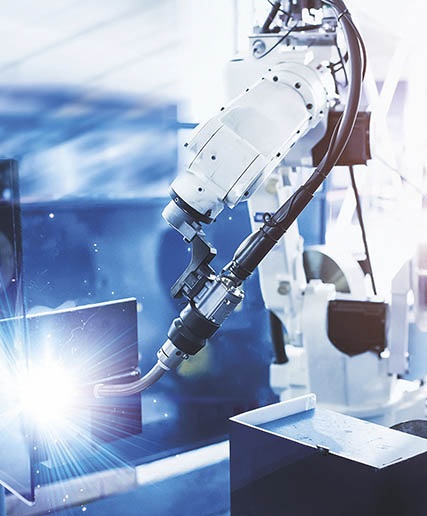Get in touch with us
Open application
- Home
- industry 4.0 and automation
-
How can automation lower your production costs?



For small and medium-sized industrial companies, investments in automation may form an obstacle to optimising processes. This shouldn’t be a concern. It is still possible to make savings and improvements with small steps.
Predicting maintenance
One such step could be condition monitoring. By keeping an eye on the performance and condition of machine parts – such as the cycle time of a valve or the energy that it takes to perform a repetitive movement – you can predict when a part is due for maintenance or replacement. This prevents the failure of parts and the subsequent stoppage of production. In addition, you can schedule the part replacement outside peak times, which results in cost-efficient maintenance.
Optimising energy
Effective use of sensors is another step that can increase returns. By taking accurate measurements instead of making assumptions, you will be better able to streamline processes and save on costs. For example, smart energy sensors can determine how energy is used. This can often lead to unexpected insights. Many companies are still not fully aware of quite how much energy certain machines use. Precise information may lead to you changing the process or machine schedule, for example, to avoid current peaks. Or you may schedule the use of energy-intensive machines at a time of day when energy is less expensive.
Using robots
A suitable way of saving on costs is to use employees more efficiently. Essentially, this means setting up your processes optimally. Robots can help you do so. Please note, however, that saving on labour does not necessarily mean replacing people with robots. The point is that you optimise the processes by taking a closer look at the entire system. For example, quality checks carried out by people often take up a lot of time. Is it really necessary? Could it be done differently? By establishing a clear work process, you can save time and money on interim checks.
Tips on producing with less manpower



After the age of steam power and the first machines, the invention...
Industry 4.0 starts with the question: why do customers choose my product...
There are several reasons why you could opt for industrial automation, such...
Mechanical engineers are faced with tough challenges: their customers are looking for...
As a mechanical engineer, you can use the possibilities offered by Industry...
Curious about what Industry 4.0 can do for your business?